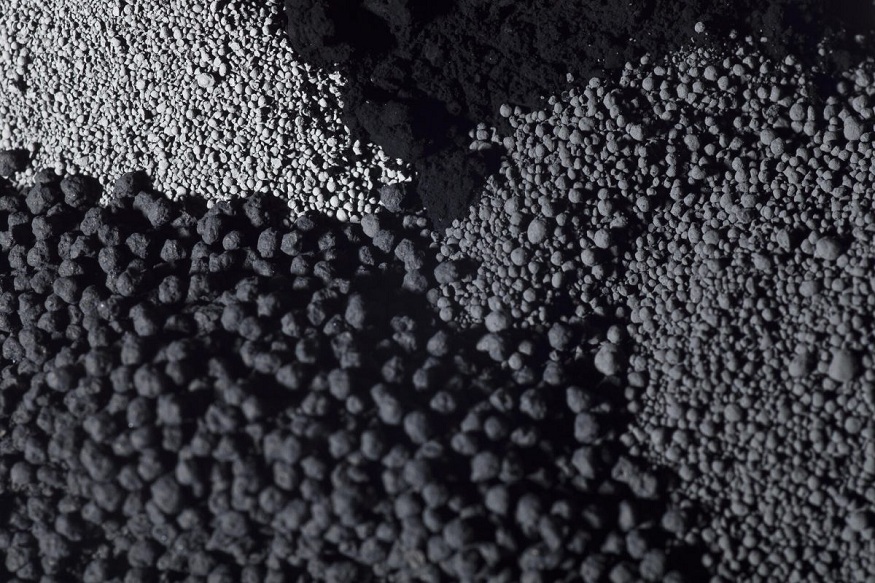Carbon Black: Properties, Uses, and Importance in Modern Industry

Industrial operations require carbon black as a basic material which functions as a vital element in multiple applications such as rubber and plastics and electronics and coatings. From its appearance as a basic black powder consumers would not expect its powerful impact on manufacturing operations. The durability of materials improves through its integration while its strength properties enhance different elements and its use enables electrical conductivity requirements. To lessen their influence on the environment while still producing high-quality products for a range of sectors, several of the leading carbon black producers are investing in sustainable manufacturing techniques. Researching carbon black properties including manufacturing routes and functional applications explains its permanent position as an important material component for numerous industries.
- The black fine powder composition of carbon black mainly consists of elemental carbon. Through the incomplete combustion of heavy petroleum items including coal tar and ethylene cracking tar along with fuel oils manufacturers create this material. The manufacturing process of carbon black occurs under controlled industrial environments to generate outcome-specific product features rather than naturally occurring soot from combustion. The aggregated carbon particles of this material maintain very small sizes. The small-scale carbon network structures in carbon black boost its performance value by creating extensive surface contact areas which help multiple materials function at maximum capacity.
- The manufacturing process of carbon black achieves its products through hydrocarbon thermal decomposition and precise flame control. The industry relies on the furnace black process as its principal method of carbon black production because of its reliable performance in generating high-quality end products. A low-oxygen environment allows heavy petroleum feedstock to burn as part of carbon black manufacturing. During controlled burns carbon particles melt into tiny sizes before a filtering system collects them. The channel process together with the thermal black process and acetylene black process serve as alternative manufacturing approaches for carbon black as organizations base their selection on the specific product requirements.
- Carbon black producers constitute popular material usage in industries mainly because of its distinctive traits. Carbon black provides effective material interaction because of its large surface area. Its extensive surface area enables it to function perfectly as a rubber plastic reinforcement agent. The electrical conductivity of carbon black reaches its best level in acetylene black forms. Electrical conductivity together with surface area characteristics makes carbon black useful for creating lithium-ion batteries and electrical cables as well as anti-static materials.
- The reinforcement function is a determining characteristic of this element. Rubber products become more enduring and resistant to wear with the addition of carbon black at processing time. Manufacturers use carbon black as their essential rubber input material to create industrial rubber products and car tires. The dual functionality of carbon black offers both UV stabilizing protection and deep black colour pigmentation for plastics and inks and coatings alongside radiation defence from ultraviolet rays.
- The tire and rubber industry consumes the highest amount of carbon black among all its market applications. Tires depend on carbon black as a critical material to achieve better durability and more resistant performance and longer usage time. Tires become more durable under challenging road environments because of carbon black and achieve longer service life because of its ability to lower internal tire heat. Carbon black finds additional use in industrial rubber products including conveyor belts together with hoses and gaskets since it helps these components achieve superior strength and elasticity.
- The main implementations of carbon black in the plastics industry operate as pigments and UV stabilizer products. The main benefit of using carbon black lies in its ability to protect plastics from sun damage therefore making outdoor products like pipes and films and vehicle interiors possible. Plastics gain mechanical strength together with environmental stress resistance when carbon black is added to enhance their properties.
- The significant market worth of carbon black comes at a price to environmental quality. Manufacturing operations at the facility produce carbon dioxide together with other harmful contaminants which cause air pollution. The development of sustainable manufacturing approaches has decreased environmental consequences resulting from carbon black production. The introduction of carbon black retrieval techniques for used tires and industrial waste has gained popularity among numerous industrial companies. The production of carbon black without new materials creates environmental benefits by decreasing production requirements. Researchers currently focus on developing sustainable methods for carbon black production while working to establish bio-based alternatives as a component for improving industry sustainability.
- The continuous advancement of industries will propel the growing requirements for high-performance materials that include carbon black. Innovation for carbon black applications will emerge from technological advancements within electric vehicles alongside renewable energy solutions and nanotechnology progress. Manufacturers are dedicating efforts to enhance conductive carbon black materials for power storage applications and electronic devices. Electric vehicle adoption and distributed energy storage deployment require such materials to become a fundamental necessity.
- The aerospace and high-tech industries actively research methods to integrate high-performance advanced carbon black materials into their lightweight composite structures. The effort to develop environmentally friendly methods for carbon black production will remain active. Companies together with research experts dedicate their efforts toward developing methods that minimize atmospheric emissions while increasing energy system performance and creating sustainable replacement products.
- To prevent UV deterioration, carbon black is applied to irrigation pipes and plastic films used in agriculture. These materials would decompose rapidly in the presence of sunlight if carbon black were not present. In the packaging sector, carbon black makes plastic bags and containers stronger and more durable, protecting goods while they are being stored and transported.
Industry depends heavily on the diverse applications of carbon black materials because of their widespread versatility. The numerous utilization areas of carbon black include its function in strengthening rubber products along with plastics while supplying electrical conductivity to electronic devices and supplying coloration to inks and coatings. Modern sustainability practices and recycling advances announce a greener forthcoming regardless of current environmental difficulties. Reputable black carbon company guarantee superior manufacturing while following industry and environmental requirements. The future advancement of technology depends on carbon black which will serve as a fundamental material to strengthen products while making them more efficient and more durable in different industries.








